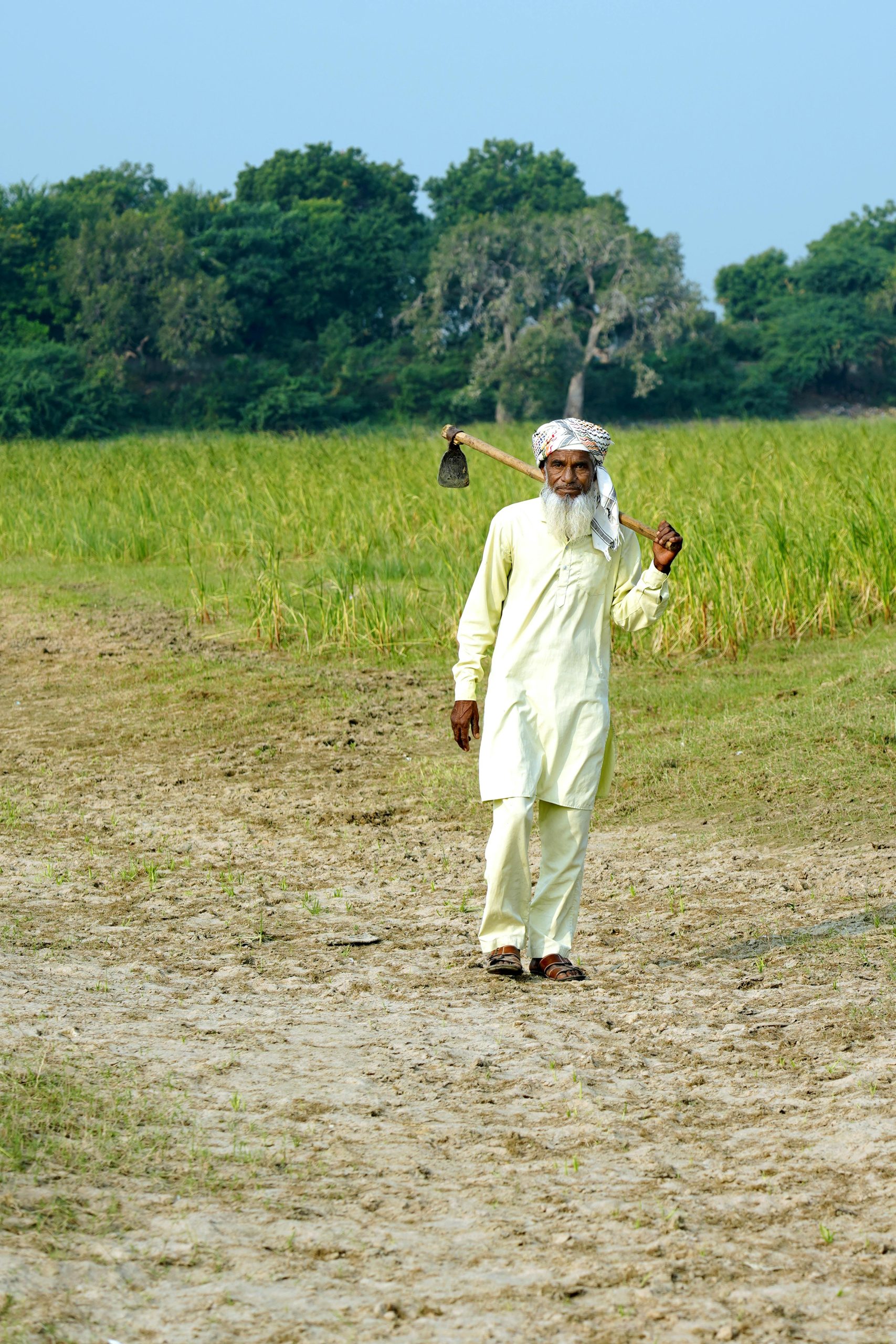Exploring the 2025 Year 7 Secondary School Allocation Trends in Reading and Wokingham
The journey into secondary education is a crucial phase for students and parents alike, and understanding the allocation of school places can help alleviate some of the stress involved. As 2025 approaches, families in Reading and Wokingham are keenly observing the trends and changes in Year 7 school allocations. This post dives into the significance of these allocations, aiming to provide a clearer picture of what families can anticipate in this dynamic process.
The Importance of Allocation Data
For many parents, the transition from primary to secondary school is one riddled with anticipation and uncertainty. Allocation data not only informs them about which schools are gaining popularity but also highlights shifts in educational preferences and priorities within the community. By examining these patterns, parents can make more informed decisions regarding their children’s educational trajectory.
Reading and Wokingham at a Glance
Both Reading and Wokingham offer a diverse range of secondary schools, each with its unique strengths and community presence. Understanding how allocations are determined in these areas—for instance, whether proximity, academic performance, or special programs influence placements—can provide valuable insights for families. This knowledge can be particularly crucial for those preparing to submit their preferences for 2025 placements.
What to Expect for 2025
While it’s impossible to predict exact outcomes, analyzing past trends can equip families with a sense of what lies ahead. Some parents have noted increasing competition for placements in certain schools, while others observe shifts towards institutions offering specialized curricula. Staying informed and adaptable will be key to navigating these changes successfully.
To stay ahead, parents are encouraged to attend open days, stay engaged with school communities, and exchange information with fellow parents to best prepare for the application deadline. As September 2025 approaches, we’ll continue to provide updates and insights, ensuring that families in Reading and Wokingham are well-equipped for this significant educational step.
Final Thoughts
Secondary school allocations are more than just numbers and data; they represent the hopes and aspirations of many families within our communities. By staying informed and proactive, we can better support our children in embarking on their educational journeys.

Insights for Year 7 School Allocations in Reading and Wokingham for 2025
Are you curious about how secondary school allocations are shaping up for Year 7 students in 2025 within the Reading and Wokingham areas? Here’s a sneak peek into the evolving educational landscape for parents and students alike.
Understanding school allocations can seem daunting, but with early insights and proper planning, you can navigate these changes with confidence. As 2025 approaches, let’s explore what’s on the horizon:
Anticipating future school allocations can make a significant difference in securing a place at a preferred school. Stay informed, remain proactive, and ensure that you’re ready for the next steps in your child’s educational journey.
What strategies have you found successful in the past, or what concerns do you have about the upcoming allocation process? Join the conversation in the comments below!
Thank you for this insightful overview of the secondary school allocation trends in Reading and Wokingham for 2025. It’s evident that the complexities of these decisions weigh heavily on families.
One aspect worth discussing further is the impact of parental choice on school performance and community engagement. As schools become more selective and competitive, it’s essential to foster a collaborative environment among parents and local education authorities. By sharing experiences and insights, parents can better navigate the application process, and schools can benefit from parental feedback to enhance their offerings.
Moreover, considering the rise of educational options like academies and free schools, it may be beneficial for parents to stay informed about how these alternatives are shaping local dynamics. Increased diversity in school types can offer tailored educational experiences, but it may also contribute to an uneven distribution of resources and opportunities.
I look forward to future updates and discussions as we continue to explore how families can adapt to the evolving landscape of secondary education!
This post provides a valuable exploration of the secondary school allocation process in Reading and Wokingham, and I appreciate the emphasis on how this data serves as a crucial navigational tool for families. It’s important to highlight the role of community engagement during this time; parents can benefit significantly from forming networks to share insights on school experiences, academic offerings, and extracurricular activities.
Moreover, it might be useful to consider the context of changing demographics and local policies that could further impact school allocations. For instance, the influence of housing developments or changes to catchment areas can shift the landscape of school capacity and availability. Keeping an eye on these factors, alongside the popularities of individual schools, can empower families to make more informed decisions.
Lastly, I encourage parents to actively participate in forums or local educational meetings, such as those organized by local councils or school boards. These platforms can facilitate direct communication with school leaders and policymakers, providing invaluable clarity about the allocation process from those who are shaping it. As we approach 2025, the more involved we are as a community, the better equipped we’ll be to advocate for our children’s educational needs.
Thank you for this insightful overview of the 2025 Year 7 allocation data in Reading and Wokingham. Understanding the nuances behind the allocation process—such as how proximity, sibling links, and special needs provision influence placements—is indeed vital for parents aiming to make strategic choices. It’s also encouraging to see emphasis on community engagement, like open days and peer discussions, which can provide invaluable on-the-ground perspectives. As these trends evolve, it would be interesting to analyze how shifting preferences, perhaps towards specialized curricula or new school expansions, are shaping the competition and diversity within these districts. Overall, proactive planning and staying informed are undoubtedly the best strategies for families navigating this important milestone.